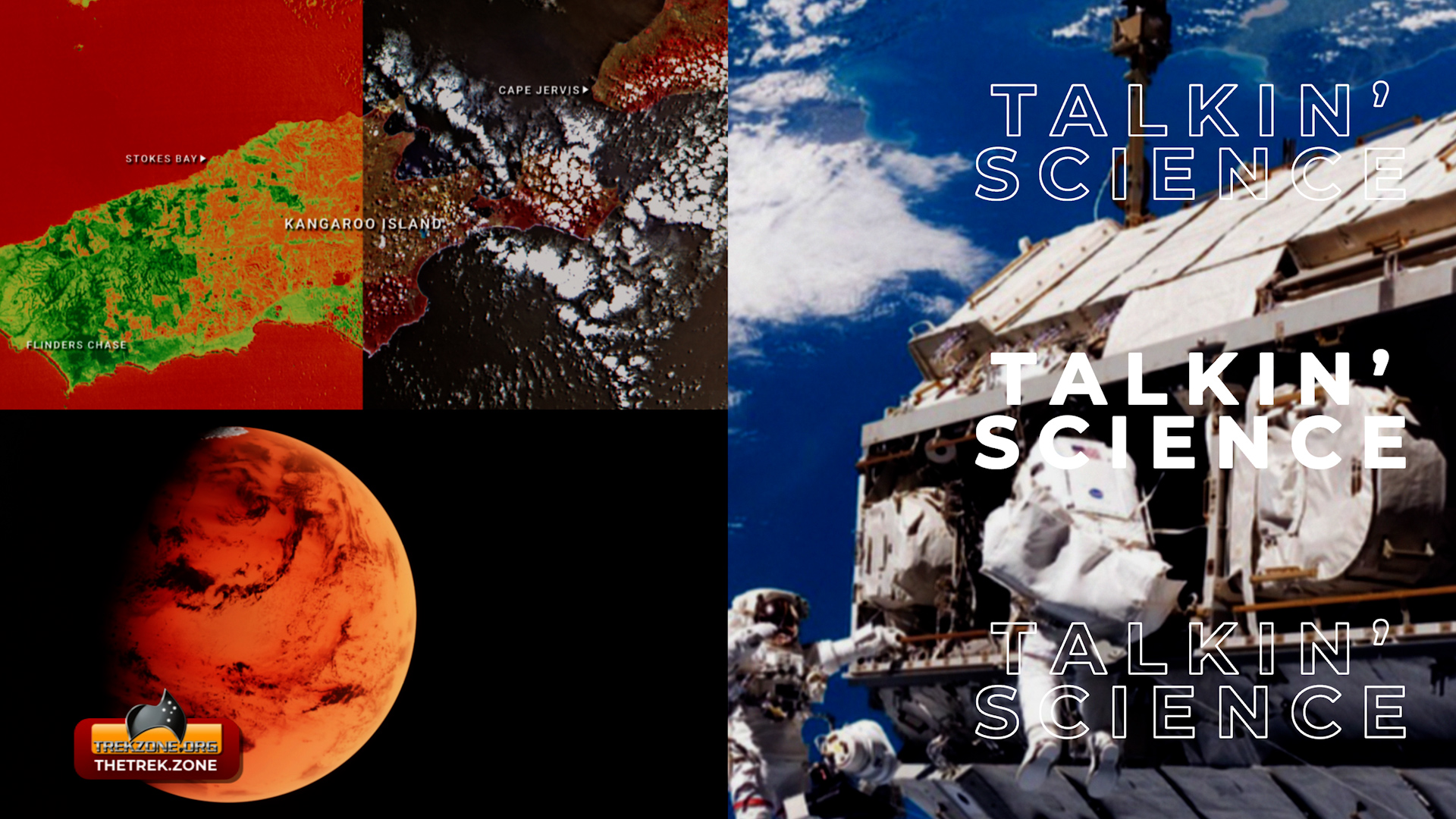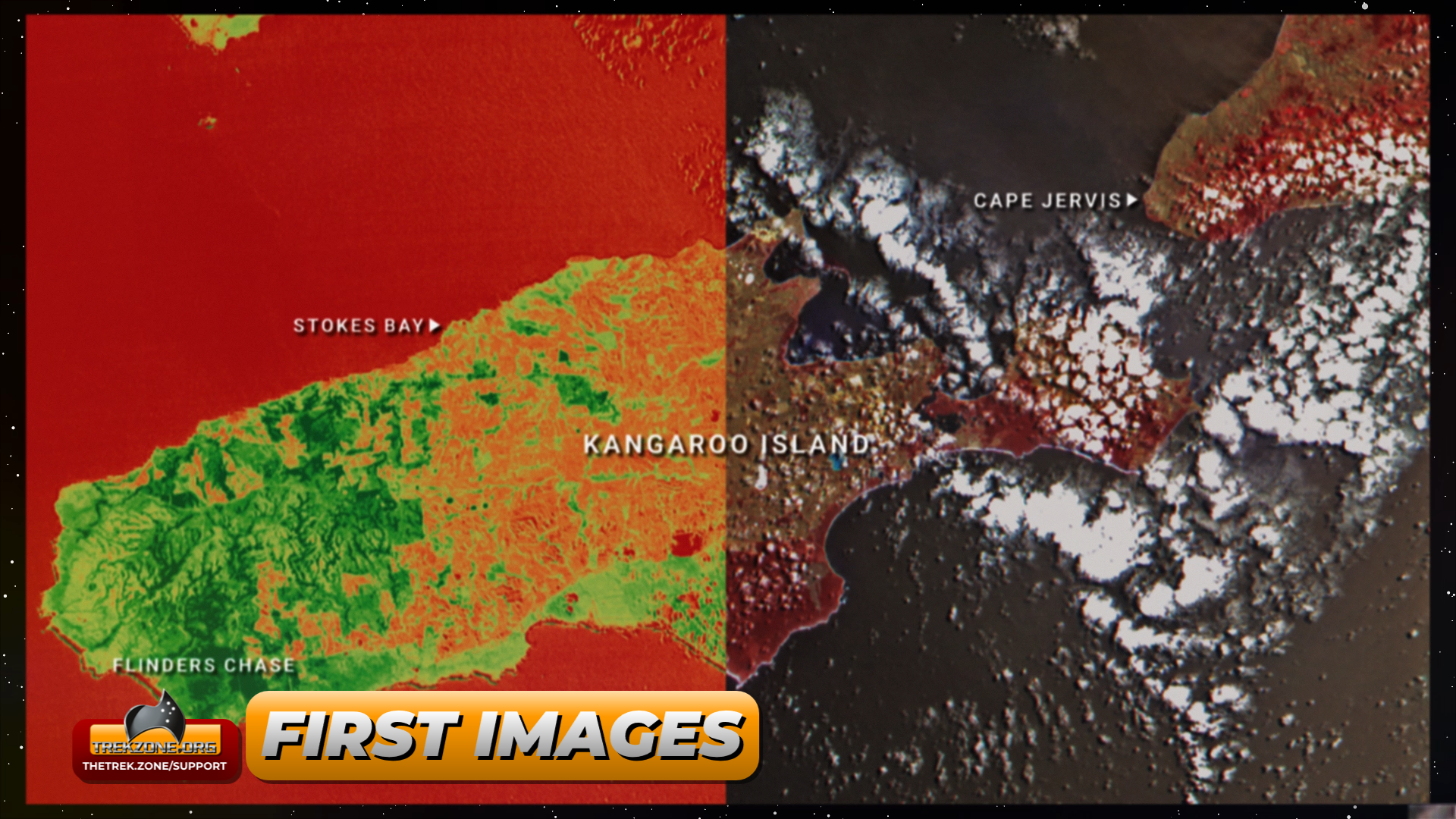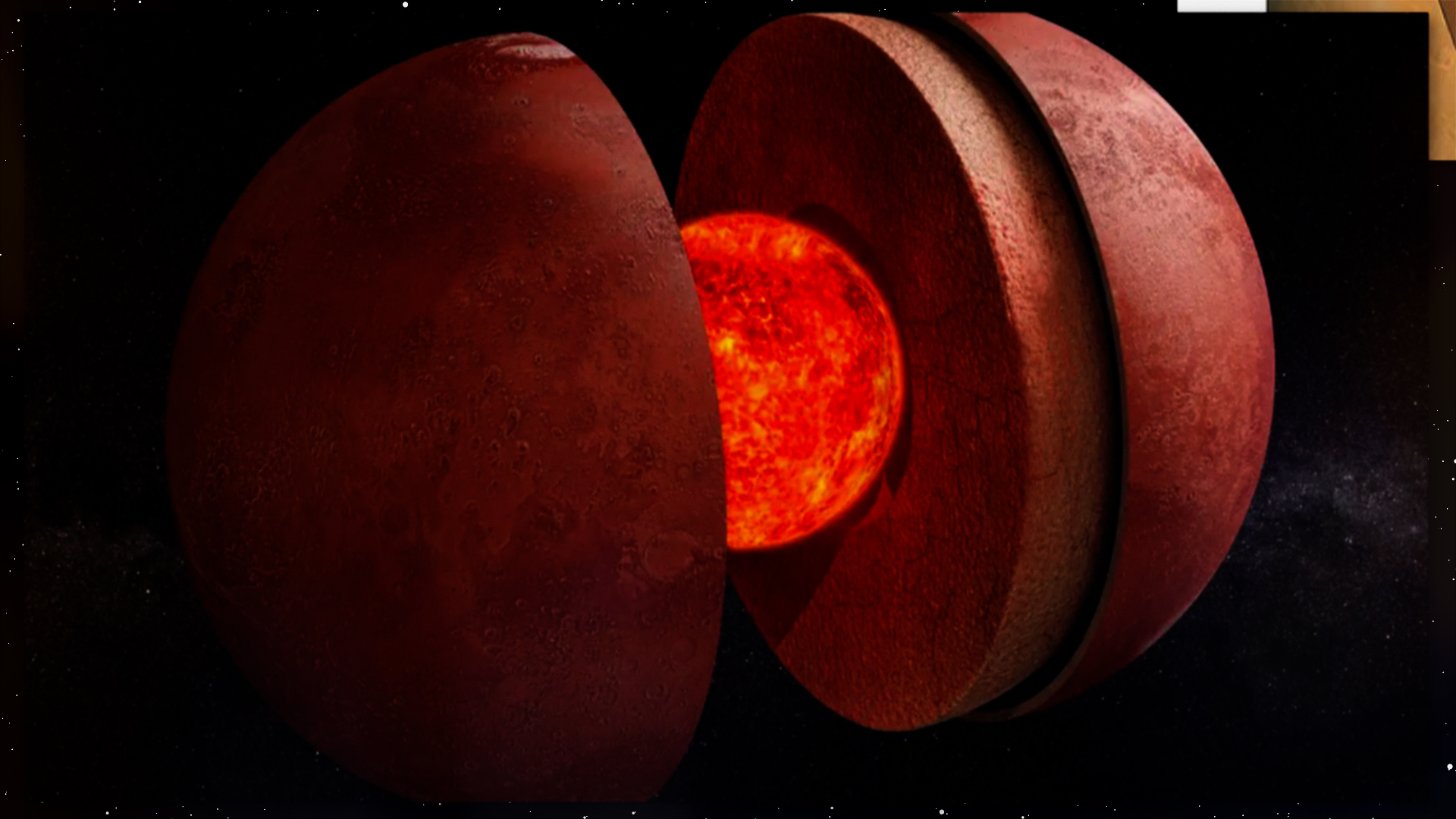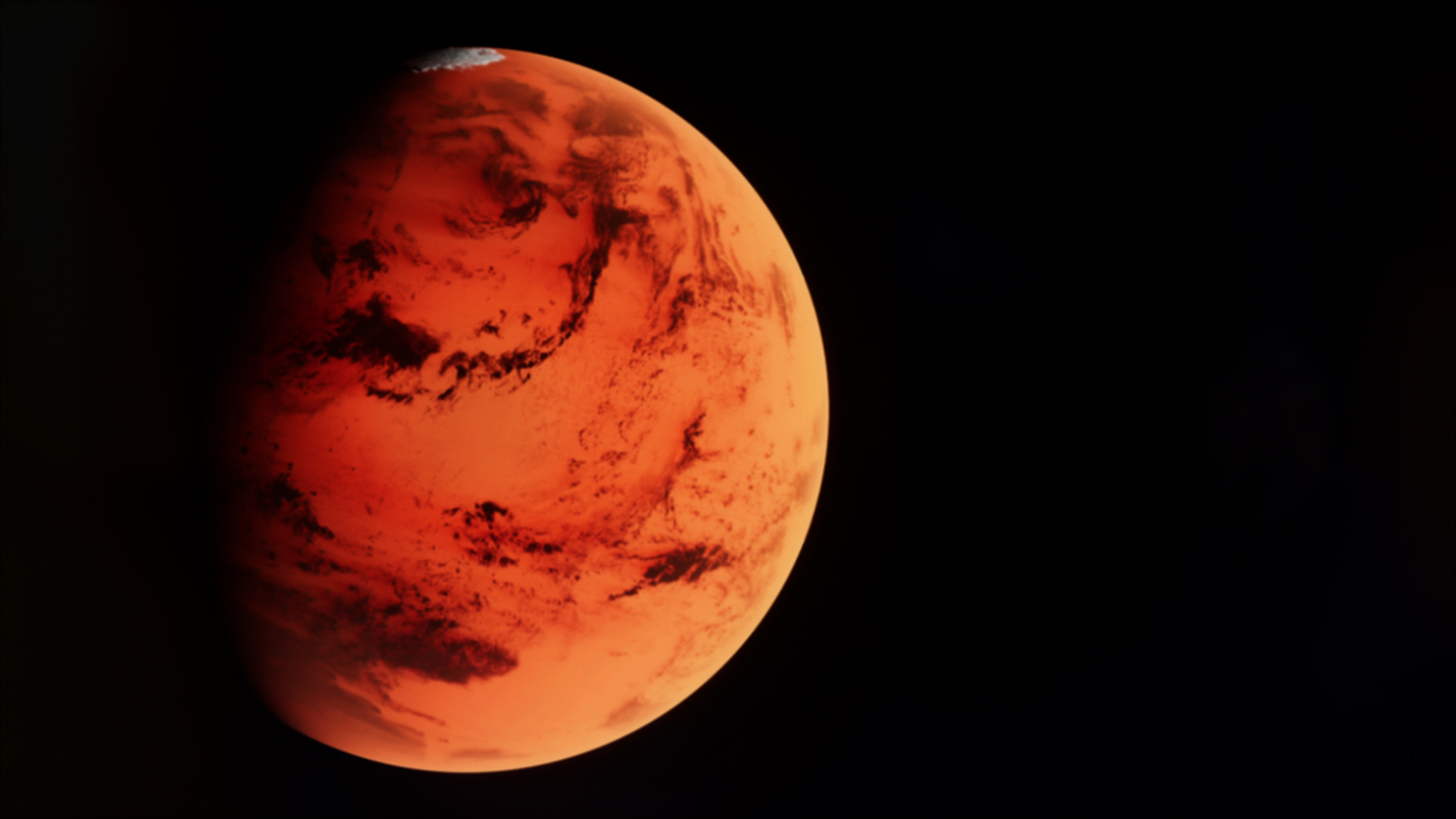
Flipping Exoplanet Thinking as Hubble Gets Urgent Repairs : Talkin’ Science
It’s this the twenty fifth week of 2021 and we’re here to bring you the latest in science and space… including flipping exoplanet thinking … who can see Earth? Is

It’s this the twenty fifth week of 2021 and we’re here to bring you the latest in science and space… including flipping exoplanet thinking … who can see Earth? Is

The Voyager Documentary has gotten underway in a Los Angeles studio with a funky holodeck set. Meanwhile, and as tipped by Trekzone, Lower Decks will headline Paramount+ when it launches

Embarrassingly for Axanar, we can run this 2018 chat with Carlos Pedraza about the state of the Star Trek fan film and it’s still pretty much all still relevant… Catch

Professor Warwick Bowen led a team of researchers to discovering how to make quantum entangled light work for microscopic analysis. It’s the next step in microscopy, and it’s been discovered

He’d just acquired the Star Trek: Continues sets after the production had folded. They would eventually become The Neutral Zone studios and Ray joined Matt for a chat about the

We’re focusing on China today…. so lets get the headlines in this…the twenty fourth week of 2021.. China launches 3 astronauts to spend three months in orbit.. NASA seeks more

We’re continuing our dive through the Talkin’ Trek mini series here on That Time When, in a special edition Larry Nemecek – Doctor Trek himself – beamed in to analyse

It’s a bumper news cycle, as we gear up for all the Star Trek to come back. We’ve got a breakdown of the latest Picard trailer, the new images for

Lets flash back to That Time When we filmed a broader overview of Supanova on the Gold Coast. Catch our trip to Goldnova in full now.

Lets set the stage, Discovery was nine episodes old and we’d just entered that brief hiatus before the rest of the series. Now good friend of the show, Trek Geek

Associate Professor Neeraj Sharma led a team of UNSW researchers who stumbled upon a “thermally stable material” made up of several elements, which could have wide ranging applications from spacecraft

We’re thrilled to bring you Robert Wolfe who has beamed in for a chat about his career spanning Star Trek, Andromeda, The Dresden Files and more…

We’re continuing our look back on the Talkin’ Trek series, as we eagerly await all the new Star Trek that will befall us very soon. On this edition of That

Here are the headlines in this the 23rd week of 2021.. It might be possible to reach another star system in a few decades after a major scientific breakthrough at

Star Trek: Prodigy has unveiled it’s voice cast, first look images and character details in a press release from the official site. Meanwhile, over on the live action shows, we’ve

The saga of Alec Peters being told NO continues, with a week of harrassment and arguments for Emmett Plant because he dared to deny Alec Peters’ desperate pleas for his

It’s the end of the third week of March 2025. Here’s the science and space

Astronauts often experience immune dysfunction, skin rashes, and other inflammatory conditions while travelling in space, and international researchers believe these issues are likely due to the overly sterile nature of the International Space Station.

Australia’s first state government funded satellite, Kanyini, has delivered its first images from space, marking

Data from NASA’s InSight mission suggest Mars has a liquid core similar to Earth’s, but European scientists say the core may be solid, at least below a certain temperature.

Scientists have successfully used lasers to identify microbe fossils in rocks from Earth, which are like the rocks found on Mars, opening up the possibility of searching for fossils on the Red Planet.

International scientists, including an Australian, say they’ve found evidence of the highest-energy neutrino detected to date. The result suggests the particle came from beyond our Milky Way, they say, although its precise origin remains mysterious.

We’re bold, innovative and ambitious digital media creators,
consumers and producers.
We are Trekzone Media.
This is TREKZONE.org.

It’s the end of the third week of March 2025. Here’s the science and space headlines from the week that was… Kanyini phones home, shows

Astronauts often experience immune dysfunction, skin rashes, and other inflammatory conditions while travelling in space, and international researchers believe these issues are likely due to the overly sterile nature of the International Space Station.

Australia’s first state government funded satellite, Kanyini, has delivered its first images from space, marking a significant milestone for the space mission. Mission Director Peter

Data from NASA’s InSight mission suggest Mars has a liquid core similar to Earth’s, but European scientists say the core may be solid, at least below a certain temperature.

Scientists have successfully used lasers to identify microbe fossils in rocks from Earth, which are like the rocks found on Mars, opening up the possibility of searching for fossils on the Red Planet.

International scientists, including an Australian, say they’ve found evidence of the highest-energy neutrino detected to date. The result suggests the particle came from beyond our Milky Way, they say, although its precise origin remains mysterious.
© Trekzone Media MMXXV. All Rights Reserved.
The views and opinions expressed by guests on our podcasts are their own and do not necessarily reflect those of Trekzone Media or its employees.